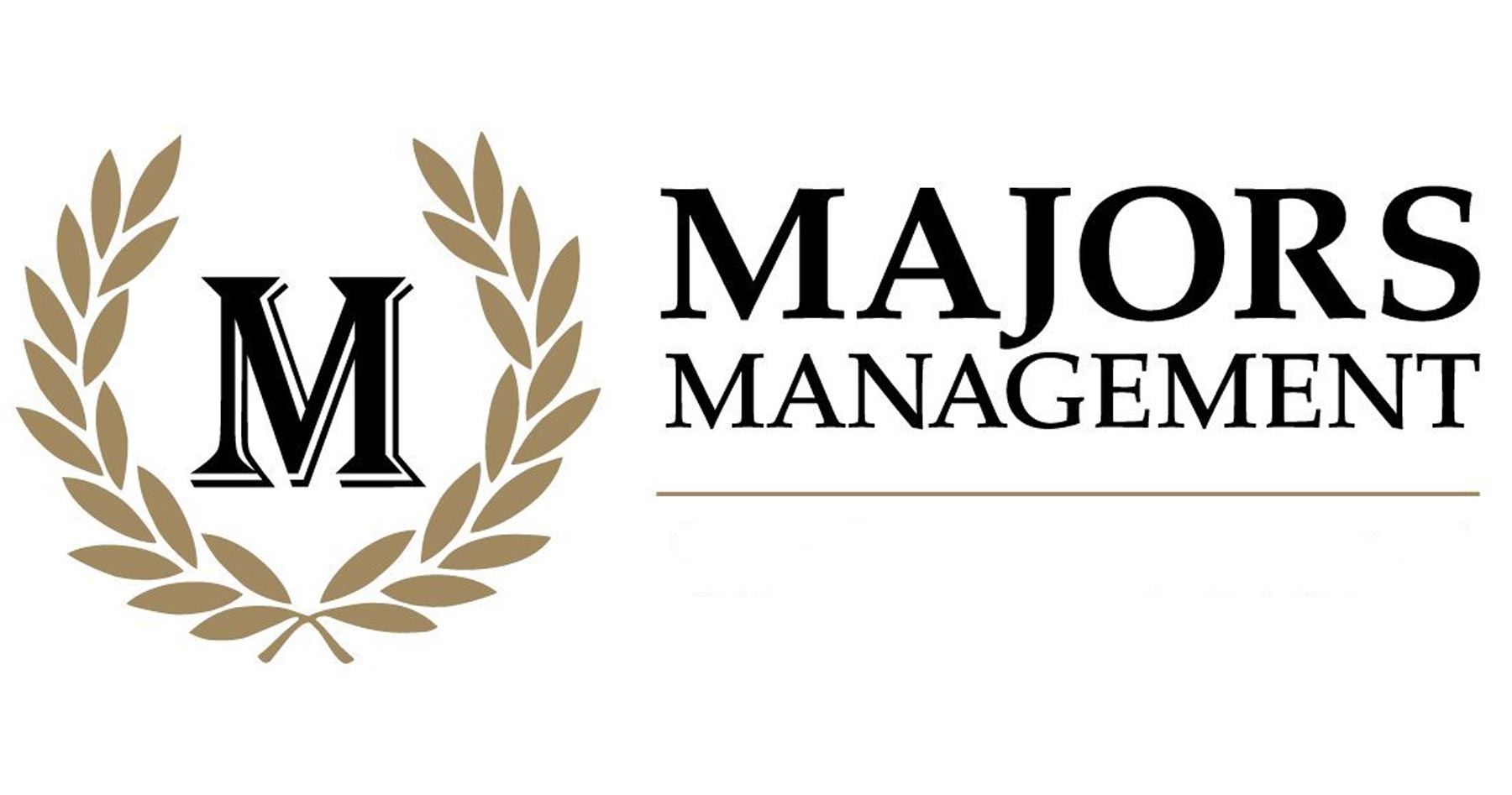SBA announces $7.5M in Regional Innovation Cluster funding to support domestic manufacturing – Greater Fayetteville Business Journal

SBA Funding Initiative to Bolster Sustainable Industrial and Economic Growth
Executive Summary: Aligning with Sustainable Development Goals
The U.S. Small Business Administration (SBA) has announced a significant funding opportunity of up to $7.5 million to establish new Regional Innovation Clusters (RICs). This initiative is designed to strengthen domestic manufacturing by providing critical resources to small businesses, which constitute 98% of the sector. The program directly supports the achievement of several United Nations Sustainable Development Goals (SDGs), primarily focusing on fostering innovation, promoting sustainable economic growth, and building resilient infrastructure.
Promoting Decent Work and Economic Growth (SDG 8)
The funding initiative is a direct investment in sustainable economic growth and the creation of decent work. By empowering small manufacturing businesses, the program aims to stimulate local economies and reshore jobs, thereby reducing unemployment and strengthening national economic resilience.
- Job Creation: The initiative focuses on reshoring jobs and rebuilding the domestic industrial base, contributing to full and productive employment.
- Support for Small Enterprises: Targeting the 98% of manufacturers that are small businesses ensures that economic growth is inclusive and benefits a wide segment of the industrial community.
- Economic Resilience: Reducing reliance on foreign suppliers enhances national economic security and promotes a more stable and sustainable domestic market.
Fostering Industry, Innovation, and Resilient Infrastructure (SDG 9)
At its core, the RIC program is designed to build resilient infrastructure and promote inclusive and sustainable industrialization by fostering innovation. The formation of up to 20 new RICs will create networking hubs that connect small businesses with the resources needed to innovate and compete globally. The SBA is seeking proposals from organizations with proven experience in supporting the following critical industries, which are central to modern, sustainable industrial development:
- Advanced Manufacturing
- Critical Minerals
- Nuclear Microreactors
- Quantum Tech & Emerging Systems Artificial Intelligence
- Information Technology (cybersecurity, cyber operations, data storage, etc.)
- Semiconductors
Implementation Through Strategic Partnerships (SDG 17)
The success of the RIC initiative, first launched in 2010, is predicated on strong multi-stakeholder partnerships. The clusters are defined as geographically concentrated groups of interconnected businesses, suppliers, service providers, and associated institutions. This collaborative model embodies the principles of SDG 17 by leveraging partnerships to achieve sustainable development objectives.
- Network Hubs: RICs act as a central point for convening resources, facilitating collaboration between small businesses, research institutions, and service providers.
- Supply Chain Integration: The clusters assist in navigating procurement and supply-chain opportunities, creating more efficient and sustainable production systems in line with SDG 12 (Responsible Consumption and Production).
- Technology Transfer: They play a crucial role in matching cutting-edge technology with industry needs, accelerating innovation and increasing the competitiveness of small businesses in the national supply chain.
Competitive proposals for the RIC solicitation are being accepted until August 8, 2025, at 4 p.m. ET.
SDGs Addressed in the Article
- SDG 8: Decent Work and Economic Growth
- SDG 9: Industry, Innovation and Infrastructure
- SDG 17: Partnerships for the Goals
Identified SDG Targets
-
SDG 8: Decent Work and Economic Growth
- Target 8.2: Achieve higher levels of economic productivity through diversification, technological upgrading and innovation. The article supports this by focusing on “advanced manufacturing,” “Quantum Tech & Emerging Systems Artificial Intelligence,” and helping businesses match “cutting-edge technology to industry needs.”
- Target 8.3: Promote development-oriented policies that support productive activities, decent job creation, entrepreneurship, creativity and innovation. The entire SBA initiative is a policy aimed at supporting “small businesses” and “entrepreneurs” to “reshore jobs” and foster “innovation.”
-
SDG 9: Industry, Innovation and Infrastructure
- Target 9.2: Promote inclusive and sustainable industrialization. The initiative’s goal to “rebuild our industrial base” and support domestic manufacturers directly contributes to industrialization.
- Target 9.3: Increase the access of small-scale industrial and other enterprises to financial services and their integration into value chains and markets. The article explicitly mentions “$7.5 million” in funding for “small businesses” (which make up 98% of manufacturers) and describes how RICs help them navigate “supply-chain opportunities.”
- Target 9.5: Enhance scientific research, upgrade the technological capabilities of industrial sectors… and encouraging innovation. The funding is targeted at critical, high-tech industries like “Semiconductors” and “Nuclear Microreactors” to increase the “number of innovative small businesses.”
-
SDG 17: Partnerships for the Goals
- Target 17.17: Encourage and promote effective public, public-private and civil society partnerships. The article states the SBA is seeking proposals from organizations with “strong partnerships” and defines RICs as “geographically concentrated groups of interconnected businesses, suppliers, service providers, and associated institutions,” which are a form of public-private partnership.
Indicators for Measuring Progress
-
Indicators for SDG 8 & 9
- Amount of financial support: The article explicitly states “$7.5 million” in new funding is available, which serves as a direct indicator for Target 9.3 (access to financial services for small enterprises).
- Number of enterprises supported: The funding aims to support “the formation of up to 20 new RICs,” which is a quantifiable measure of support for small business clusters under Targets 8.3 and 9.3.
- Proportion of small businesses in the sector: The article provides a baseline indicator by stating that “98% of American manufacturers are small businesses,” which can be used to track the impact on this group (Target 9.3).
- Job creation (Implied): A primary goal is to “reshore jobs.” The number of jobs created or brought back to the country would be a key performance indicator for Target 8.3.
-
Indicators for SDG 17
- Number of partnerships formed: The creation of “up to 20 new RICs” based on proposals from organizations with “strong partnerships” is a direct indicator of the formation of new public-private partnerships (Target 17.17).
Summary of Findings
| SDGs | Targets | Indicators |
|---|---|---|
| SDG 8: Decent Work and Economic Growth |
8.2: Achieve higher levels of economic productivity through technological upgrading and innovation.
8.3: Promote policies supporting job creation, entrepreneurship, and the growth of small enterprises. |
– Number of jobs reshored/created (Implied). – Number of new RICs formed (up to 20). – Number of innovative small businesses and entrepreneurs supported. |
| SDG 9: Industry, Innovation and Infrastructure |
9.2: Promote inclusive and sustainable industrialization.
9.3: Increase access of small-scale enterprises to financial services and integration into value chains. 9.5: Enhance scientific research and upgrade technological capabilities. |
– Total value of funding provided ($7.5 million). – Proportion of manufacturers that are small businesses (98% baseline). – Investment in critical industries (Advanced Manufacturing, AI, etc.). |
| SDG 17: Partnerships for the Goals | 17.17: Encourage and promote effective public, public-private and civil society partnerships. | – Number of new multi-stakeholder partnerships (up to 20 new RICs) created. |
Source: bizfayetteville.com

What is Your Reaction?
 Like
0
Like
0
 Dislike
0
Dislike
0
 Love
0
Love
0
 Funny
0
Funny
0
 Angry
0
Angry
0
 Sad
0
Sad
0
 Wow
0
Wow
0











































































